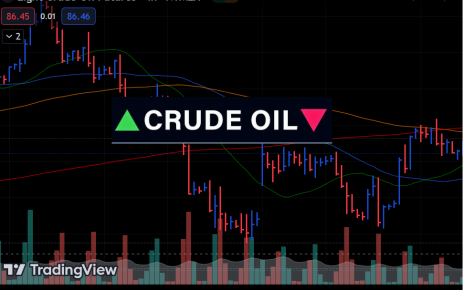- A drop in US inflation raised hopes that the Fed might reduce rate hikes.
- US consumer prices marked the smallest annual increase in over two years.
- Data revealed a crude stock build of nearly 6 million barrels last week.
On Wednesday, oil prices rose, and benchmark Brent futures surpassed $80 per barrel, reaching a level not seen since May. This increase was due to US inflation data, which raised hopes that the Federal Reserve might reduce the number of interest rate hikes planned for the world’s largest economy.
Oil gains after US inflation (Source: ICE Nymex)
In June, consumer prices in the US experienced a modest rise, marking the smallest annual increase in over two years. Furthermore, the Labor Department’s report revealed that underlying consumer prices experienced their smallest monthly increase since August 2021. Investors became convinced that the US central bank’s aggressive monetary policy tightening was approaching its end.
According to CME’s FedWatch tool, financial markets have already factored in a 25 basis points rate hike during the Fed’s upcoming policy meeting on July 25-26. While one more interest rate hike is likely, oil traders are optimistic that it may be the final one.
Higher interest rates can impede economic growth and lower oil demand. Naeem Aslam, the chief investment officer at Zaye Capital Markets, noted that although these are the lowest inflation figures since the pandemic, the situation is transitory. Nonetheless, traders are celebrating this development.
Elsewhere, the US Energy Information Administration (EIA) and the International Energy Agency (IEA) predict a tightening oil market throughout 2024. The IEA forecasts a tight oil market in the latter half of 2023. This is due to robust demand from China and developing countries and major oil producers’ production cuts. New forecasts from the IEA will come out this week.
When either supply decreases or demand increases, the oil market becomes tighter. If both occur simultaneously, the impact can be substantial. Saudi Arabia, the top oil producer, pledged to extend its production cut of 1 million barrels per day in August, while Russia plans to reduce exports by 500,000 barrels per day.
Pressuring oil prices was a report from the US Energy Information Administration, which revealed a crude stock build of nearly 6 million barrels last week. During the Fourth of July holiday week, gasoline inventories remained largely unchanged at 219.5 million barrels, a situation that is considered uncommon. Analysts had anticipated a significant decrease in gasoline stocks due to increased travel by drivers.





